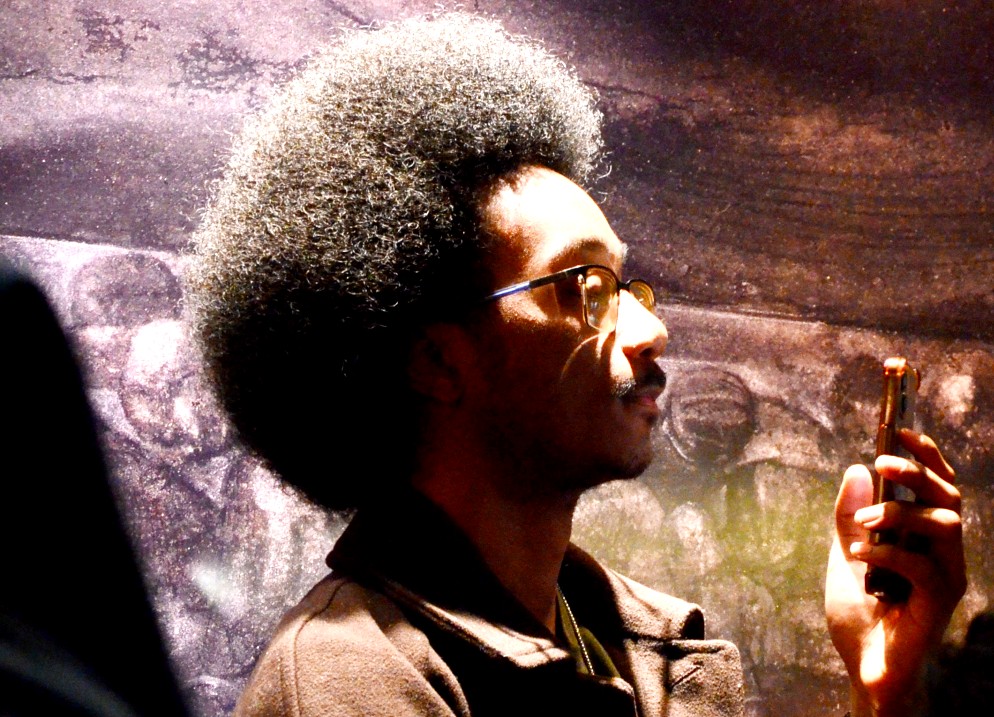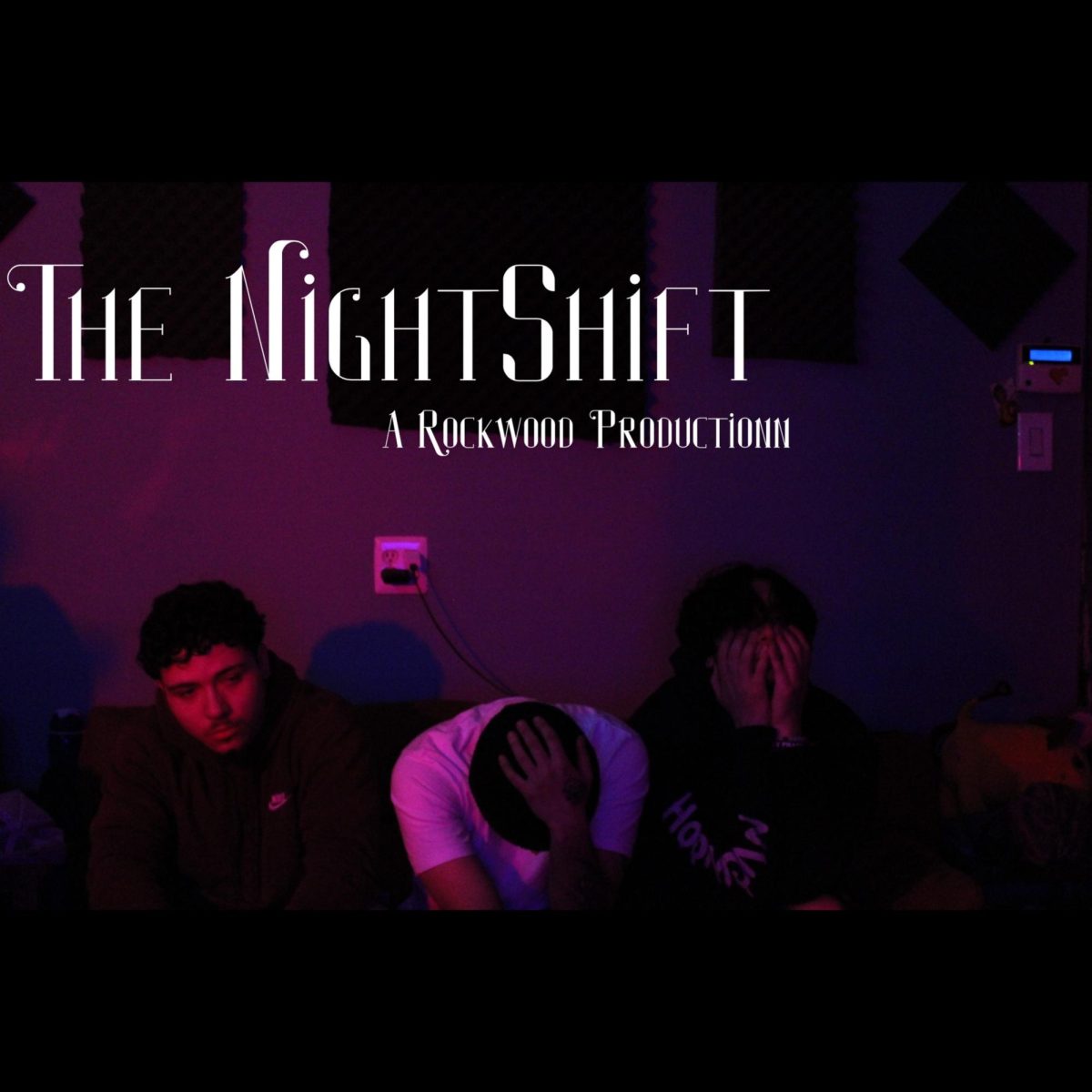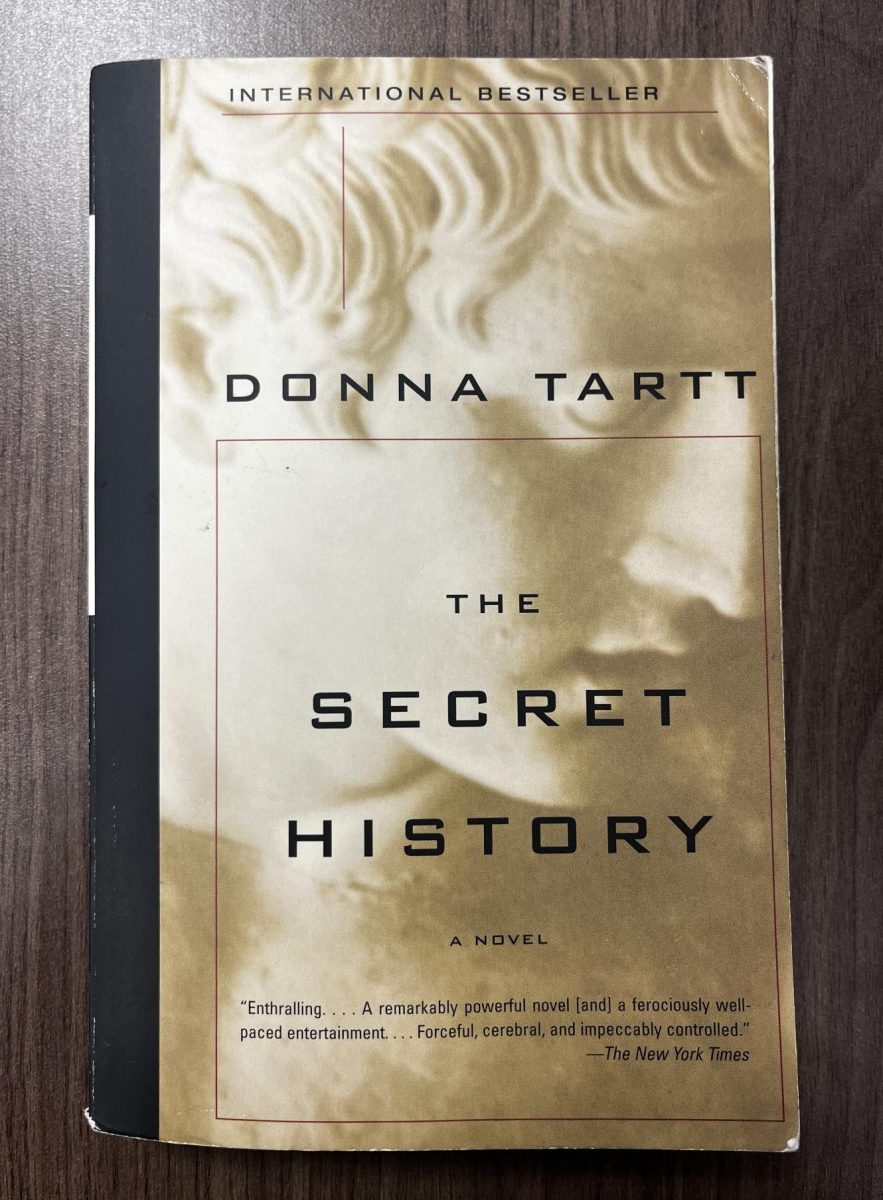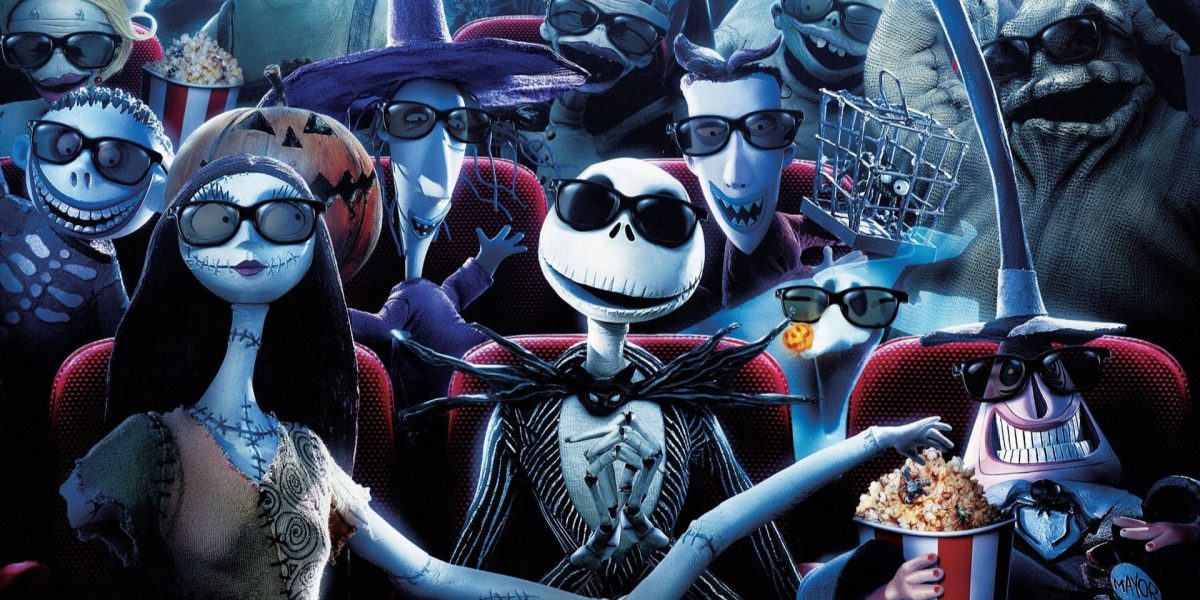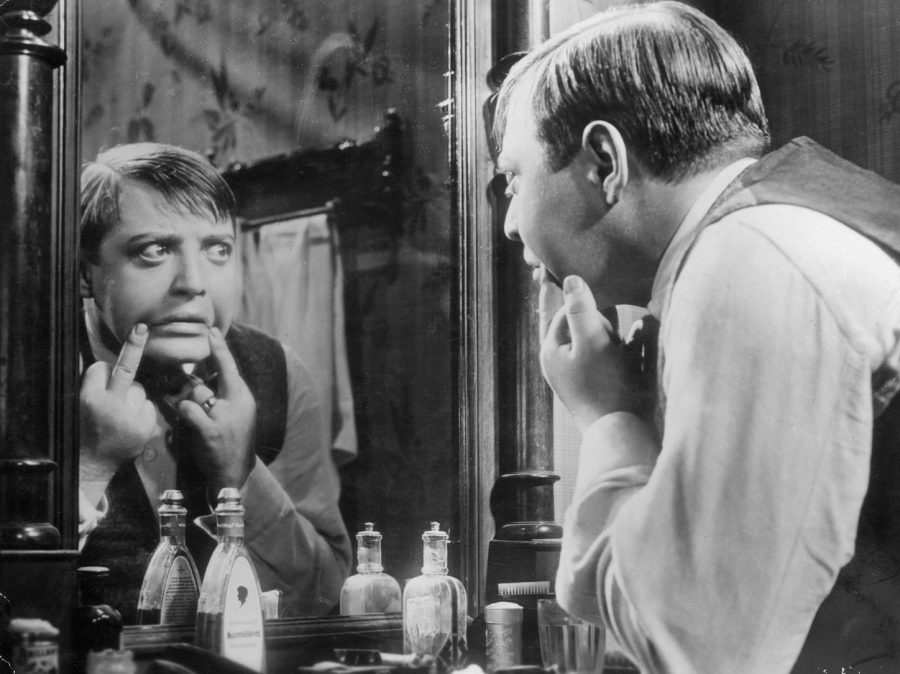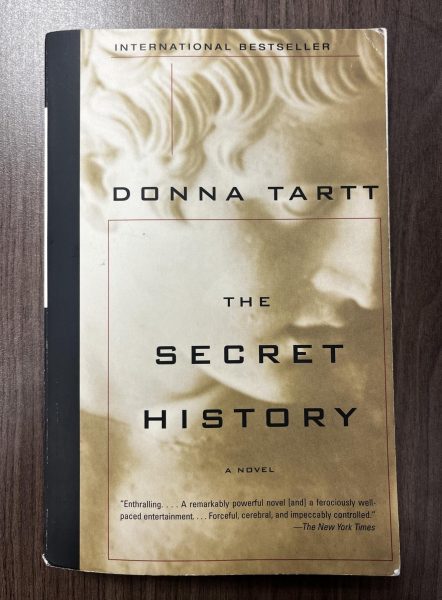The Art of Murder
November 17, 2021
Human beings seem to have always had a fascination with crime and criminals. The real life what, how, why, and who of criminality have fed myths, epic poems, folktales, ballads, songs, poetry, novels, short stories, plays, radio shows, films, tv shows, documentaries, videos, web sites, pod casts, ad nauseum: pretty much every form of media ever invented has concerned itself with the dark side of human behavior to the thrilled fascination of its audiences. Cable TV and streaming services are overflowing with true crime movies and programs based on the most heinous of offenses. Felonies such as fraud, theft, abuse, identity theft, racketeering, bank robbery, drug trafficking, conspiracy, smuggling, and sex crimes have all been fodder for our entertainment, giving us the ability to live vicariously through wicked criminals and then feel satisfied and superior when they are apprehended for their social violations. The one type of crime that is the heavyweight champion of crimes in terms of being at the center of our interest in the transgressive side of human experience is, of course, murder, and in particular, murders perpetrated by the serial killer. The lurid atrocities and mysterious motives of these depraved malefactors have become perverse commodities bought and sold by all forms of media. Viewers can’t seem to get enough of the cases of Bundy, Dahmer, and Gacy, from their childhoods to their arrests and demises; every aspect of their lives have been autopsied for paying audiences. Although the creation of the term and concept of the serial killer itself is a product of the 1970’s (portrayed in Netflix’s series Mindhunter), the depiction of the “lust murderer” preceded the FBI Behavioral Unit and Clarice Starling by decades, and can be traced to a single film: Fritz Lang’s 1931 masterpiece M.
M focuses on the crimes of Hans Beckert, a child murderer whose unassuming presence helps to lure children into his grasp. Appearing friendly and gentle, Beckert tempts his victims with candy, gifts or just a caring hand to hold, before he escorts them away to their deaths. Beckert’s reign of terror in Berlin is so monstrous that not only are the police searching for him, but the city’s underworld crime lords decide enough is enough, and they must help stop him too. The film is noted to be one of the first police procedural dramas as the film centers on the manhunt for Bekert. Lang tries to be as realistic as possible in his depiction of a forensic approach to law enforcement utilizing fingerprints, handwriting analysis, and science. M was the Lang’s ‘s first sound film. but he doesn’t use sound just for dialogue or background music. Lang creates a musical leitmotif in the form of Edvard Grieg’s classical piece “In the Hall of the Mountain King,” which is continuously whistled by Beckert and adds extra menace and creepiness to his character. Fellow German Richard Wagner actually created the notion that specific uses of music can reflect the inner aspects of characters and that these pieces of music can recur throughout a film, becoming a part of the character’s identity. In M, all Lang has to do is have the tune of “In the Hall of the Mountain King” be heard, and we know that the killer’s presence is there, ready to strike at an unsuspecting, innocent victim
The key to the film success is Peter Lorre’s stunning performance as Hans Beckert. M was Lorre’s first major starring role, and it made his career. The angst and pathos he brings to his portrayal of a child murderer almost convinces the viewer that he shouldn’t be held response for his crimes. Lorre’s speech before the underworld “court” that tries him for the murders actually turns the tables on his accusers by arguing that he is uncontrollably compelled to kill while other criminals choose to break the law. But psychopaths are inveterate liars, deceivers that use subterfuge to get the upper hand on their victims. Hans Beckert is a predator and will use any strategy for self-preservation. Yet Lang doesn’t totally put the blame on Beckert either, as the director suggests that we all should be more vigilant in watching and protecting children.
Lang does not show any acts of violence or the deaths of children on screen. He uses shadows, reflections, and simple images like an empty place setting at a table, a bouncing ball, and an abandoned, deflated balloon to suggest the heart-rending murders. This more psychological approach to portraying crime on film was taken up masterfully by Alfred Hitchcock. It’s the idea that the mind can conjure up much more horrifying and realistic details than any special effects or make-up can. And yet, has the continued strategy of keeping a serial killer’s grisly crimes off screen encouraged the idolization and romanticism of these psychopaths? Would Twitter and Instagram influencers who fawn over how dreamy Ted Bundy is still feel that way if a film or television series accurately represented the frenzied bludgeoning, rape, and strangulation of his victims? How about the Bundy’s necrophiliac proclivities? Can a brutal sex crime be recreated realistically and directly without exploiting the victim or wallowing in abject fantasies? Perhaps this is where Lang and Hitchcock part ways from other directors who have taken on serial killer narratives such as Ulli Lommel’s rapacious The Tenderness of Wolves, John McNaughton’s dead souled Henry: Portrait of a Serial Killer or Fatih Akin’s The Gold Glove, probably the most authentic serial killer movie ever made.
It’s been conjectured that the main character of M was based on real life serial killer Peter Kürten, whose crimes took place in Weimar Germany during the 1920s. Lang denied that he drew from any one case, but used a variety of contemporaneous criminals such as Fritz Haarmann (the “Vampire of Hanover”) as the basis for Beckert. Lorre’s character is not an exact portrait of either killer: neither Kurten nor Haarman preyed only upon children. It was the accuracy of the psychological aspects of these criminals that Lang was more interested in than the actual crimes and criminals themselves.
A few years after the release of M, psychiatrist Dr. Karl Berg published a book about Peter Kurten titled The Sadist. A landmark in profiling and behavioral science, the book was drawn from extensive interviews that Dr. Berg had with Kurten while he awaited his trial and execution. Kurten had no problem discussing his loathsome life and atrocities, reveling in the sexual aspects of his crimes. Kurten actually asked the executioner if he’d be able to hear the blood gush out of his body in the seconds after being beheaded, as he would find this a “sublime pleasure.”
Sometimes fact is much worse than fiction.
P.S.—Peter Kurten’s severed head is currently on display at the Ripley’s Believe It or Not! museum in Wisconsin Dells, Wisconsin.












